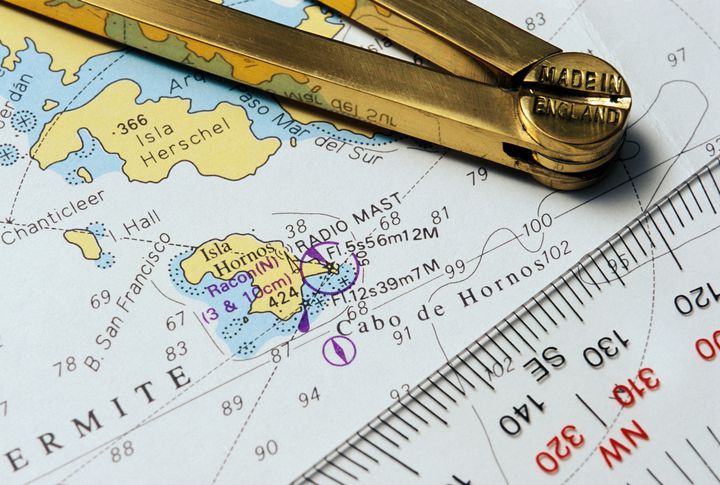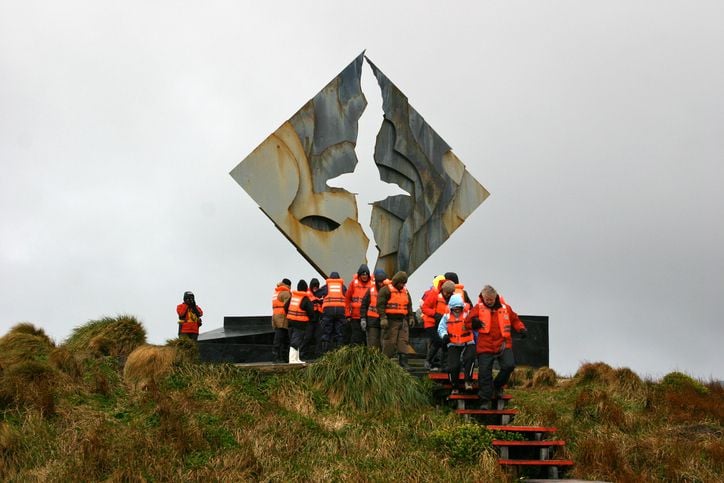Since the discovery of the passageway around Cape Horn in 1616, “rounding the horn” has come to represent a legendary act of perilous daring; a result of the thousands of European and international sailors who sought to battle the might of the ocean and sometimes failed in their attempts. Although you can now visit Cape Horn without the risk of shipwreck or loss of life, landing upon this southernmost headland of Chile’s Tierra del Fuego is the opportunity to face up to the vulnerability of man in his eternal, and sometimes fatal, struggle against nature.
Eight important facts about Cape Horn
- Cape Horn was discovered on January 29, 1616 by Dutch sailors and recently celebrated its 400th anniversary with a ceremony attended by Dutch and other international officials.

- The Atlantic, Pacific and Southern Oceans collide at Cape Horn, making for the legendary stormy conditions that include the “screaming sixties” gale force winds and waves that have been known to reach as high as ten-story buildings.
- The waters around the Cape have claimed more than their fair share of sailors: between the 16th and 20th centuries it is estimated that at least 800 ships were shipwrecked, causing the deaths of over 10,000 seamen.
- Despite being a faster way of reaching the other side of the continent, the route around Cape Horn was regarded as too perilous a journey by the Spaniards, who in the 1800s instead preferred to transport their plundered gold and silver across South America by land.
- The route around Cape Horn became an important passageway for international trade, particularly following the discovery of gold in California in 1848. However, the completion of the Panama Canal in 1914 led to a steep decline in the number of commercial ships rounding the horn.
- Nowadays, visitors to Hornos Island will encounter the Cape Horn Monument. Built on the premonitory in 1992, it represents an albatross in flight – a maritime symbol of the souls of the sailors lost at sea.

- Traditionally, sailors who successfully rounded the horn would celebrate this feat by smoking cigars and pouring alcohol into the ocean. The latter was intended to thank Neptune, the Roman god of the sea, for their safe passage and to toast their fellow seamen who had been less fortunate.
- Custom dictated that only sailors who had rounded the horn were allowed to wear a gold hoop earring in the ear that passed closest to island – a sign marking their courage as a seaman.
- More information:
No comments yet
There are no comments on this post yet.





Leave a comment